Stop me if this sounds familiar…
You’re walking through the neighborhood and notice a neat, stacked stone wall holding back a sloped yard. It looks simple — almost decorative. “That can’t be too hard to build,” you think. But then the first big storm rolls in, and that same wall starts to crack, lean, or crumble completely.
Here’s the truth: retaining walls might look like just another landscaping feature, but there’s a lot more going on beneath the surface. And if you don’t understand the basics, it’s easy to end up with a wall that fails far sooner than you expected.
That’s exactly why we’re breaking down the anatomy of a retaining wall — the key parts every homeowner should understand before building. The good news? You don’t need to be a contractor to get it right. You just need to know what matters and when to call a professional.
In this article, you’ll learn what goes into a long-lasting, structurally sound retaining wall — and how to avoid the mistakes that lead to costly repairs down the line.
What Is a Retaining Wall (And Why You Might Need One)
A retaining wall is a structure designed to hold back soil and create level areas on sloped land. While it may look like a simple stack of blocks or stone, it plays a major role in landscape stability and water control.
Common reasons homeowners install retaining walls:
- To prevent soil erosion
- To level out sloped yards
- To create more usable space (patios, driveways, gardens)
- To improve drainage
- To boost curb appeal
If your yard slopes steeply, retains water, or has areas of shifting soil, a retaining wall might not be optional — it might be necessary.
Norm’s Notes: If you’re unsure whether you need a retaining wall, look for signs like soil washing away after rain, standing water, or cracks in existing landscape features.
The Core Elements of a Retaining Wall: What It’s Made Of and Why It Matters
Behind every strong retaining wall is a smart structure. Here are the key retaining wall components that make all the difference:
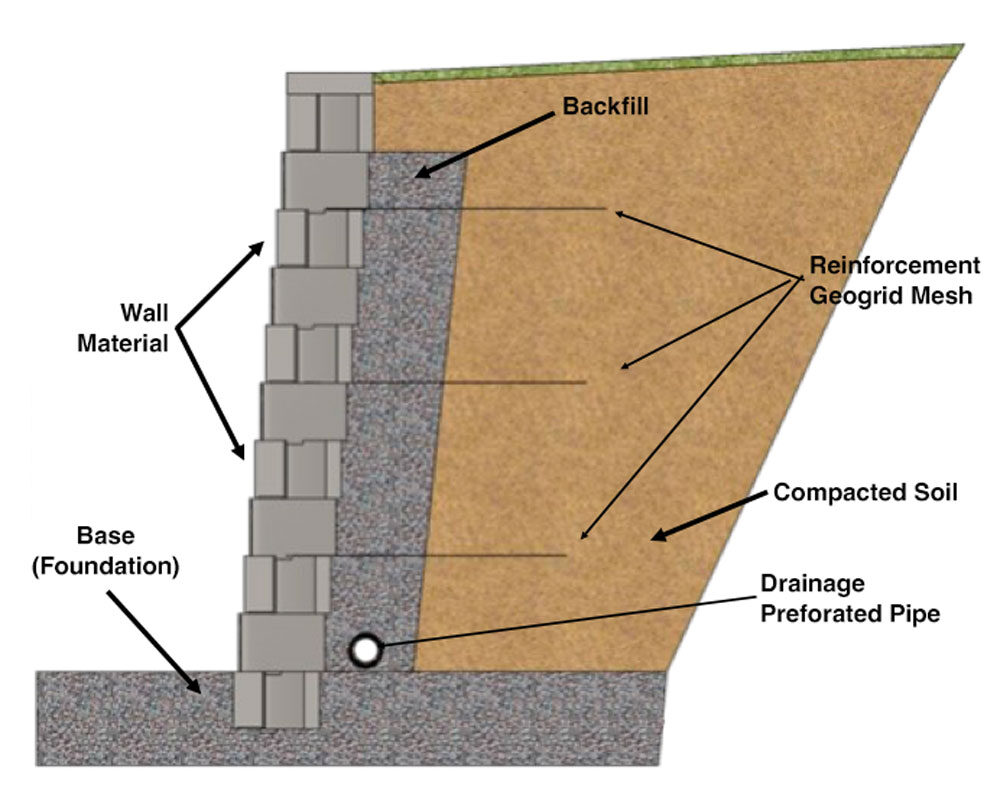
1. Base (Foundation)
The foundation is everything. It’s typically made from compacted crushed stone or gravel, and it needs to be level and deep enough to support the wall — especially in freeze/thaw climates.
Norm’s Notes: At least 10% of your wall height should be buried below ground. For a 3-foot wall, the base should go 3–6 inches underground.
2. Backfill
This is the material that sits behind the wall — ideally gravel or crushed stone, not regular soil. It promotes drainage and prevents pressure buildup.
3. Drainage System
To keep water from building up behind the wall, a drainage system is essential. This typically includes a perforated drain pipe (weeping tile) and plenty of drainage gravel.
Norm’s Notes: Always wrap your drain pipe in filter fabric to prevent clogs from fine particles or soil.
4. Wall Material
Common materials include:
- Concrete blocks
- Natural stone
- Timber
- Poured concrete
Each has its pros and cons depending on your budget, wall height, and design goals.
5. Reinforcement (If Needed)
For taller walls (usually over 3–4 feet), reinforcement like geogrid mesh or tiebacks adds structural strength by spreading the load across more soil.
Drainage Is Non-Negotiable in Retaining Walls
Water is the silent killer of retaining walls. Without proper drainage, water builds up behind the wall, creating hydrostatic pressure. This is what causes walls to lean, bulge, or collapse.
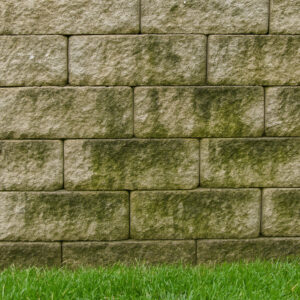
Signs of poor drainage:
- Water stains or moss on the face of the wall
- Bulging or cracking
- No visible weep holes or drainage pipe outlet
Norm’s Notes: Even if your wall is only a couple of feet tall, you still need drainage. Small walls can fail too — especially with poorly draining soil like clay.
Common Mistakes That Lead to Retaining Wall Failure
Let’s look at the most common retaining wall construction mistakes — and how to avoid them.
1. Skipping the Base
A wall is only as strong as what’s under it. Laying blocks directly on dirt is a recipe for settling, leaning, and cracking.
2. No Drainage
We’ve said it before, but it’s worth repeating. No drainage = trapped water = pressure = failure.
3. Using Soil as Backfill
Heavy or compacted soils hold water and add weight. Use gravel or crushed stone for backfill every time.
4. No Reinforcement
Taller walls need geogrid or structural supports. Ignoring this results in collapsed walls within a couple of seasons.
5. Prioritizing Looks Over Structure
It’s tempting to focus on how the wall looks — but it won’t matter if it falls over in two years.
Norm’s Notes: Ask your contractor to explain how they’re addressing drainage, base prep, and reinforcement. If they can’t explain it clearly, keep looking.
DIY vs. Professional Retaining Wall Installation: What’s Right for You?
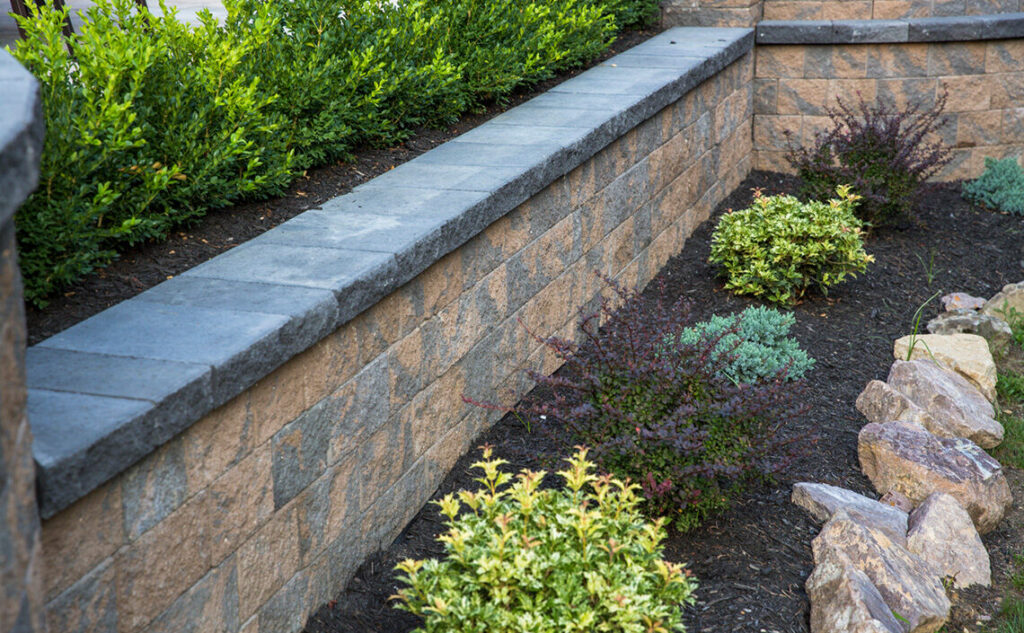
When DIY Might Be OK:
- The wall is under 2 feet tall
- The ground is mostly flat
- You’re using interlocking blocks designed for DIY
- You’re confident with excavation and grading tools
Norm’s Notes: Even on small DIY projects, rent a plate compactor for proper base compaction. It’s worth every penny.
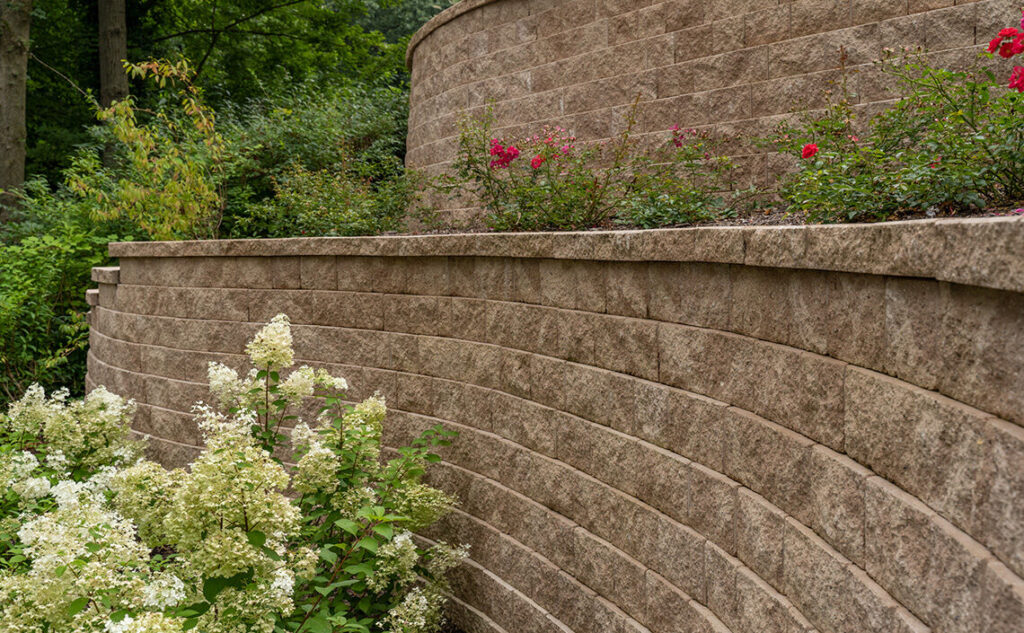
When to Hire a Pro:
- Wall is over 3 feet tall
- Sloped or unstable soil
- Drainage issues are already present
- You need permitting or code compliance
- You want the wall to last 10+ years
Professionals bring experience, equipment, and knowledge that you simply can’t match from a weekend tutorial.
What to Look for in a Well-Built Retaining Wall
Before you hire a contractor (or inspect a wall already built), here’s what to check:
Signs of a solid retaining wall:
- The first row of blocks is buried and level
- Drainage outlets (like weep holes or pipes) are clearly visible
- The wall leans slightly into the slope (not away)
- No gaps between blocks
- Gravel or crushed stone is used behind the wall — not dirt
- Clean finishes with capstones securely placed
Norm’s Notes: Ask to see photos of past work and look for walls that have been in place for more than one season. Anyone can make a wall look good on day one — what matters is how it holds up over time.
Final Thoughts: Build It Right, and Build It Once
Retaining walls may seem simple — but they’re doing some heavy lifting behind the scenes. When built properly, they protect your yard, manage water, and create beautiful outdoor spaces you can actually use. When built poorly, they become an expensive, frustrating liability.
Here’s your checklist before building or hiring:
- Understand the key retaining wall components
- Never skip drainage or base prep
- Be honest about what’s DIY-friendly and what’s not
- Know the signs of quality work
- Ask questions — and expect real answers
At Navigator Stone & Fence, we specialize in hardscapes that are built to last — not just to impress on install day. Whether you need help designing a wall that blends into your landscape or rebuilding one that didn’t hold up, we’re here to get it right the first time.
Want peace of mind with your retaining wall project?
Contact Navigator Stone & Fence for a free consultation by requesting an estimate—or check out our gallery of past projects for some inspiration.
Let’s build something that stands the test of time — and the next heavy rain.

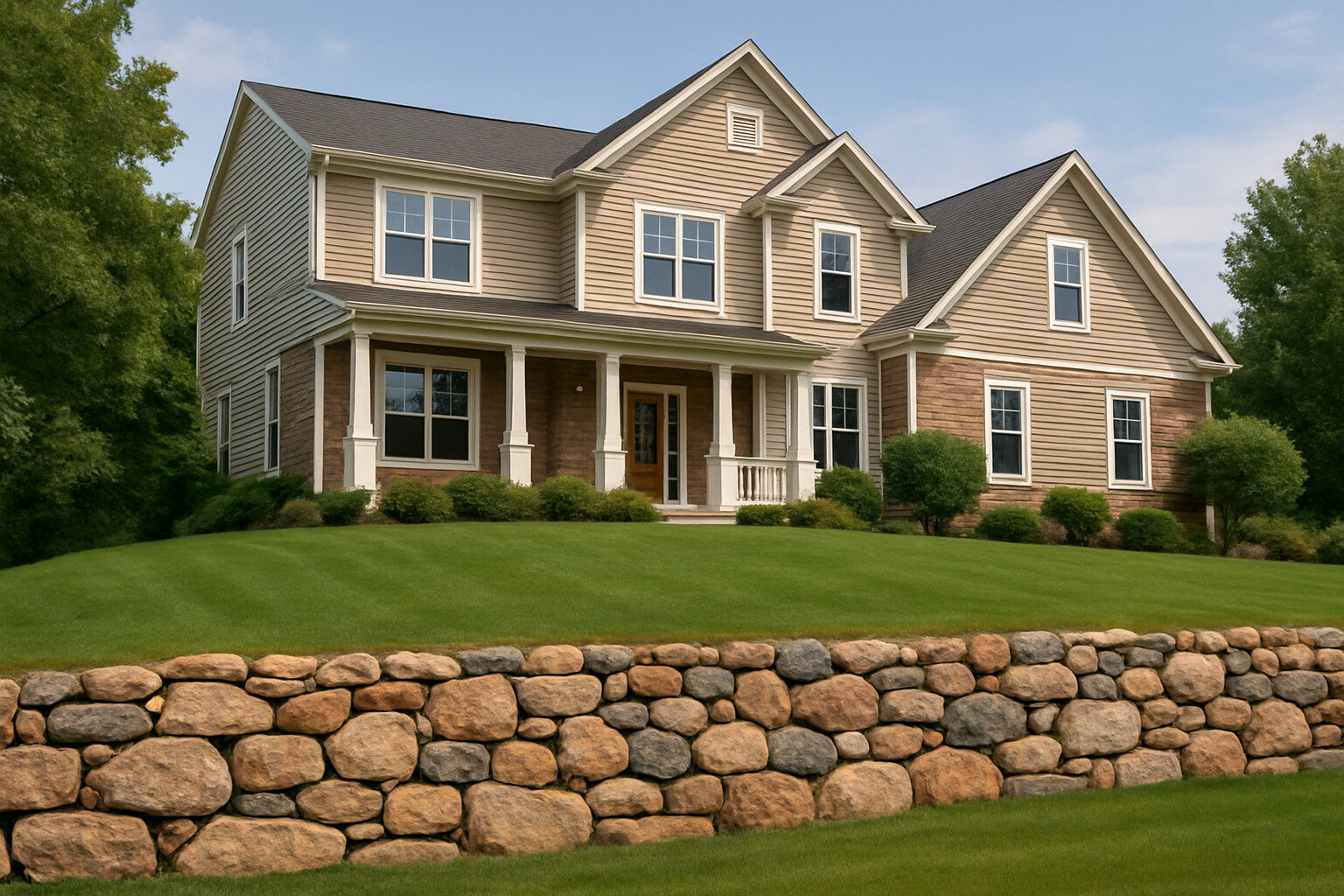



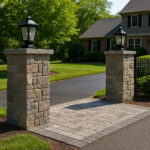
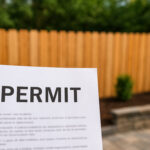
Leave a Reply